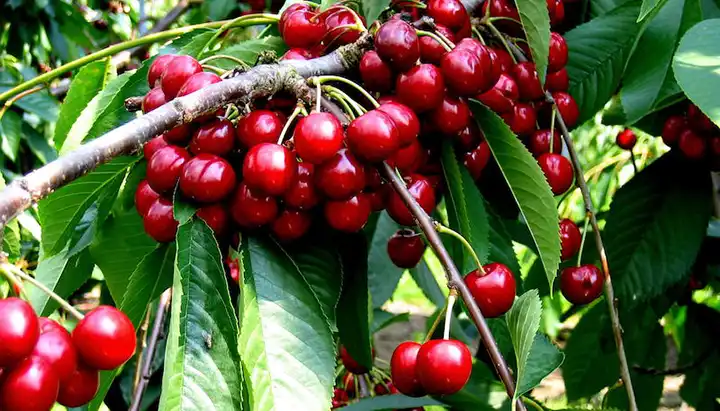Stop Tossing Carrot Leaves: 8 Reasons to Start Consuming Them
In the culinary world, where the focus on sustainability and whole-food consumption is ever-increasing, the spotlight often misses an unassuming yet nutrient-rich player: carrot leaves. Typically discarded or composted, these greens are not only edible but are packed with health benefits and culinary possibilities. This article delves into the reasons why incorporating carrot leaves into your diet is beneficial and provides a detailed recipe to get you started.

1. Nutritional Powerhouse
Carrot leaves are a nutritional goldmine, rich in vitamins and minerals. They contain substantial amounts of vitamin C, which is essential for the immune system, and vitamin K, crucial for blood clotting and bone health. Additionally, they are a source of potassium and magnesium, important for heart health and muscle function.
2. Rich in Antioxidants
These greens are loaded with antioxidants, including chlorophyll, flavonoids, and carotenoids. Antioxidants combat free radicals in the body, reducing oxidative stress and lowering the risk of chronic diseases such as heart disease and certain cancers.
3. Natural Detoxifier
Carrot leaves have detoxifying properties. They support liver function and can help cleanse the body of toxins, thanks to their diuretic nature which promotes increased urine production, aiding in the elimination of waste.
4. Anti-inflammatory Properties
The anti-inflammatory compounds found in carrot leaves, such as quercetin and luteolin, can help reduce inflammation in the body. This is beneficial for those suffering from inflammatory conditions like arthritis.

5. Boosts Digestive Health
High in fiber, carrot leaves can help regulate the digestive system, preventing constipation and promoting a healthy gut microbiome. This fiber also aids in controlling blood sugar levels by slowing down the absorption of sugar into the bloodstream.
6. Sustainable and Cost-effective
Using carrot leaves instead of discarding them contributes to reducing food waste and promotes a more sustainable kitchen. It’s also cost-effective, allowing you to get the most out of your purchase.
7. Versatile Ingredient
Carrot leaves can be used in a variety of dishes. Their slightly bitter and earthy flavor complements salads, soups, and pesto, adding a unique taste and nutritional boost.
8. Herbal Remedy Potential
Traditionally, carrot leaves have been used in various cultures as a herbal remedy for conditions such as kidney disease and digestive issues, although more scientific research is needed to fully understand their medicinal benefits.
Carrot Leaf Pesto Recipe

Transform your carrot greens into a delicious and nutritious pesto with this simple recipe. Perfect for pastas, sandwiches, or as a dip.
Ingredients:
- 2 cups of carrot leaves, washed and dried
- 1/2 cup of nuts (pine nuts, walnuts, or almonds work well)
- 2 cloves of garlic
- 1/2 cup of grated Parmesan cheese
- 1/2 cup of extra virgin olive oil
- Juice of 1 lemon
- Salt and pepper to taste
Instructions:
- Prep the Leaves: Make sure your carrot leaves are thoroughly washed to remove any dirt. Pat them dry with a kitchen towel.
- Toast the Nuts: In a dry pan over medium heat, lightly toast the nuts until golden brown. This enhances their flavor. Let them cool.
- Blend Ingredients: In a food processor, combine the carrot leaves, toasted nuts, garlic, and Parmesan cheese. Pulse until coarsely chopped.
- Add Oil: With the processor running, slowly add the olive oil in a steady stream until the mixture becomes creamy.
- Season: Add the lemon juice, salt, and pepper. Pulse a few more times to incorporate. Taste and adjust the seasoning as needed.
- Serve: Your carrot leaf pesto is ready to enjoy! It can be stored in an airtight container in the refrigerator for up to a week.

Incorporating carrot leaves into your diet not only elevates your meals with a nutritional boost but also aligns with eco-friendly and sustainable cooking practices. Next time you find yourself with a bunch of carrots, remember, the leaves are more than just compost—they’re a treasure trove of nutrients waiting to be enjoyed.



















